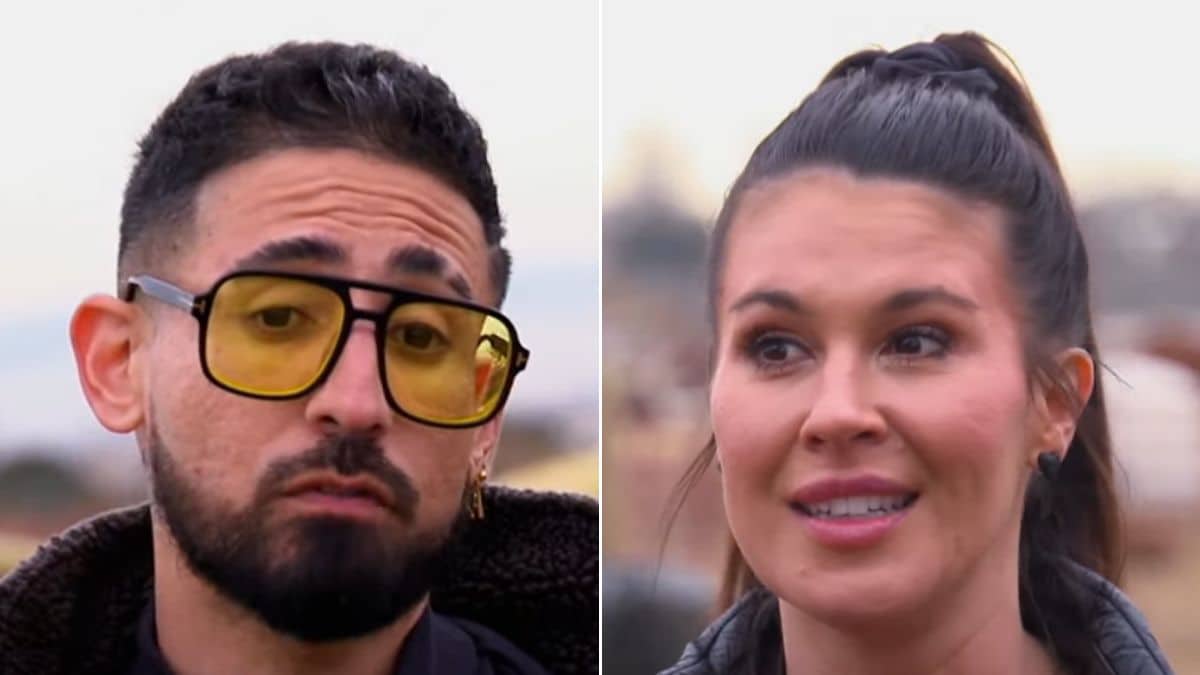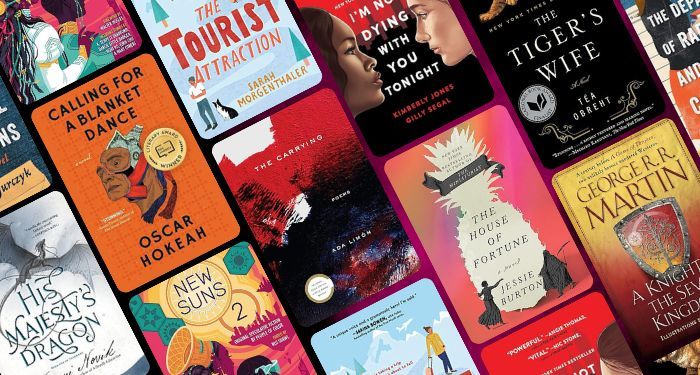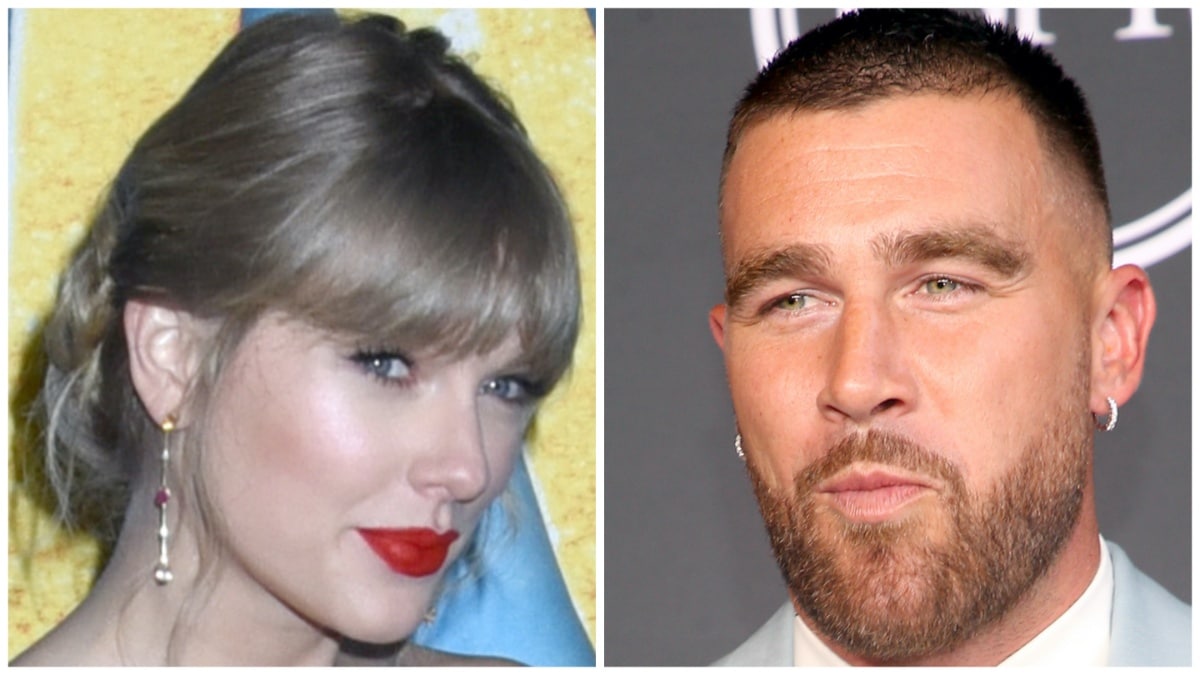Animation is not so much a genre as it is a medium, communicating ideas often overused or underutilized by others. But, of course, given how much it is stigmatized as mindless work for children, it has become too easy for many audiences to disregard it.
And yet, many cartoons of the last few years have managed to communicate complex characters and challenging plots that rival their contemporaries in live-action television. Whether directly tackling important themes for adults or utilizing imaginary scenarios to express unique ideas about life, identity, and humanity for children, there’s far more to these cartoons than what’s on the surface.
‘Green Eggs and Ham’ (2019-)
Now in concept, this series seems like a terrible idea, but in practice might be the best adaptation of Dr. Seuss’ work. The book itself is a 50-word story about a guy named Guy who doesn’t want to eat a specific kind of food. But the series expands on the book’s theme of trying new things and that certain things aren’t quite what they appear to be, good or bad.
For example, the titular dish seems like nothing more than a running gag, but in one of the first season’s final episodes, it is revealed to have a deep personal tie to Sam I Am and why he is the way he is.
‘Steven Universe’ (2013-2019)
The title character is a young boy, the son of an alien warrior named Rose Quartz, living with her fighting partners, the Crystal Gems. The first few episodes seem to reveal this is a show about a boy living with superheroes, often going on adventures to ruins to destroy monsters and learning to grapple with his superpowers.
But as the series continues, it quickly becomes apparent there’s much more going on with the Crystal Gems and Rose Quartz than anyone thought, even themselves. The final episodes and epilogue season deal heavily with gender identity, abuse, trauma, and growing up.
‘Dead End: Paranormal Park’ (2022-)
This recent Netflix hit is based on the graphic novel series DeadEndia. An autistic girl named Norma, a transgender boy named Barney, and his pet dog Pugsley have gone to live and work inside a theme park haunted by ghosts, demons, and otherworldly beings.
Among its supernatural black comedy, it deals heavily with varying themes of acceptance. Barney, for instance, left for the park because he doesn’t feel accepted by his family for the person he truly is. On the other hand, Norma has dedicated her entire life to being a fan of the woman who runs the park but is less than willing to accept that she wasn’t the good person she thought she was.
‘Rick and Morty’ (2013-)
There’s a reason this is one of the most acclaimed animated shows in recent history. The premise is simple on the surface; an alcoholic scientist and his grandson go on sci-fi adventures throughout the universe.
But in as little as the sixth episode, the show reveals that the premise is merely a framing device to explore ideas of nihilism and existentialism. Rick is a nihilist who acts like he’s the coolest guy for his boundless knowledge that justifies his selfish behavior. That attitude hurts the people around him and himself quite profoundly.
‘Over the Garden Wall’ (2014)
This miniseries might be less surprising than others, but the reveal makes it no less noteworthy. As the series begins, the audience is immediately drawn in with an atmosphere that’s welcoming but mysterious. Two young brothers are walking through the forest to find their way home, and in every episode come across weird and nonsensical characters. They help/defeat these characters with creative problems.
The final chapters of the series reveal that this forest is in something of a space between life and death, though there are hints it isn’t just a place in their imaginations. Instead, it’s a reveal that looks at the idea of fear and what it means for those controlled by it.
‘Gravity Falls’ (2012-2016)
Twins Dipper and Mabel Pines go to live with their great uncle in a small Oregon town that’s a hotbed for mysterious and supernatural activity. Not only does it contain several jokes that got past the censor board in unusual ways for a Disney show, but it also contains one of the most substantial discussions of sibling relationships.
The twin sibling pairs at the show’s heart share similar problems; one wants to grow up right away, and the other doesn’t want to grow up at all. Both fear losing each other, and it’s only by openly communicating that they can process the changes in their lives healthily.
‘Amphibia’ (2019-2022)
This Disney Channel hit revolves around three girls who are magically thrown into another world populated by anthropomorphic amphibians. The three land in different areas, and all play differing parts in a more significant conflict. In comparison, much of the narrative deals with world-conquering toads and newts, while the central subtext analyses friendship in all its forms, from positive to toxic.
Specifically, Anne is something of a pushover, Sasha is controlling and manipulative, and Marcy absorbs herself into her interests due to a lack of attention from those around her. However, the girls ultimately realize their individual contribution to an unhealthy dynamic and know overcoming these flaws helps them become better people.
‘BoJack Horseman’ (2014 – 2020)
Famous TV star BoJack Horseman is dealing with life after starring in a sitcom in the 90s. The first season sets the show up to be nothing particularly ground-breaking with a standard adult animation formula; a drunk pest makes life for the people around him pain for the sake of laughs.
But unlike other shows that follow this formula, these “shenanigans” often lead to far darker and more realistic consequences. Every subsequent season deals with themes of abuse, trauma, and death, but more often than not, it doesn’t put a neat little bow on it and wraps everything up. Instead, it just acknowledges life isn’t as simple as that.
‘She-Ra and the Princesses of Power’ (2018 – 2020)
This ’80s reboot brought back many characters and villains while making them multi-layered in ways audiences didn’t expect, especially with two key villains, Catra and Hordak. Catra is someone who backstabs and resents anyone around her and refuses to accept the damage it does to herself or the people she loves until someone tells her.
Meanwhile, Hordak is someone who acts like a typical Darth Vader-like warlord, but it’s revealed all he has done was to please someone who doesn’t care at all about him. In both cases, it’s only by listening to the people that have come to love them that they begin to grow and recognize the true evil in their world.












































































